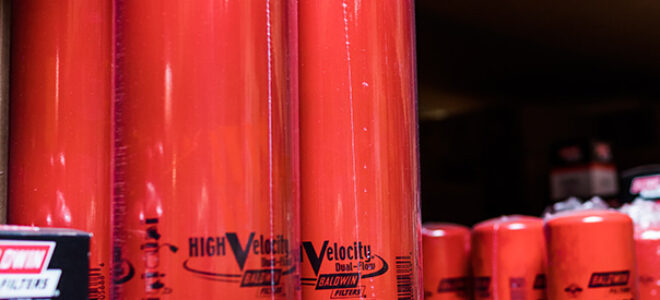Understanding the Fuel Delivery Process
The fascinating journey from crude oil extraction to eventual use in consumer vehicles is an intricate web of processes and logistics. Right from the source, the crude oil is pumped into pipelines or loaded onto tanker ships destined for petroleum refineries. Here, crude oil is magically transformed into a range of products through advanced heat and chemical treatments. These products, such as gas, diesel, jet fuel, and kerosene, are the fuels that power our modern world.
Types of Fuel Delivered
The spectrum of fuels delivered is broad. The list is quite exhaustive, from the humble gasoline we use to power our cars to the high-octane jet fuel that thrusts jet engines high into the sky. Each fuel type has unique needs and characteristics, especially during transit, that ensure efficient and safe delivery to retail outlets. Diesel fuel, for instance, requires a specialized transport system due to its explosive nature.
Pros and Cons of Fuel Delivery Methods
Choosing the right fuel delivery method is a balance of pros and cons. For example, pipelines can efficiently transport huge amounts of fuel over long distances, but they are expensive to construct and maintain. On the other hand, tanker trucks provide flexibility in delivery but may not be as cost-effective over longer distances.
The Role of Wholesale Suppliers
Wholesale suppliers play a crucial role in the grand scheme of fuel delivery. They not only store the various fuel products but also ensure that the right type and volume of fuel make it to the retailers. A good relationship with these suppliers ensures efficient delivery and affordable rates. For more information, one may wish to visit website of reputable wholesale suppliers.
Fuel Delivery Services
The provision of fuel via fuel delivery services such as a cardlock fueling network is an example of the effective use of this method. Cardlock fueling networks allow commercial users access to fuel around the clock, seven days a week, making them a dependable option for companies whose operations depend on a steady fuel supply.
The Future of Efficient Fuel Delivery
With advancements in technology, the future of fuel delivery looks bright. Innovations like automated tanker trucks and optimized pipeline systems have the potential to significantly improve efficiency in fuel delivery. However, challenges remain, including managing environmental impact and navigating geopolitical influences on fuel prices.
Oil Analysis and Testing
Oil analysis and testing are paramount in the fuel supply chain, ensuring consumer safety and quality standards. These include technical services for gas that specialized laboratories provide to analyze fuel samples for any potential issues.
Conclusion
Acquiring an understanding of the mechanics of fuel supply, from the intricate procedures in refineries to the part played by wholesale suppliers, helps develop an appreciation for the different and effective techniques that are now in use. Despite the fact that there are obstacles to overcome, the industry is continuing to innovate, which promises a future of fuel distribution techniques that are even more effective.





